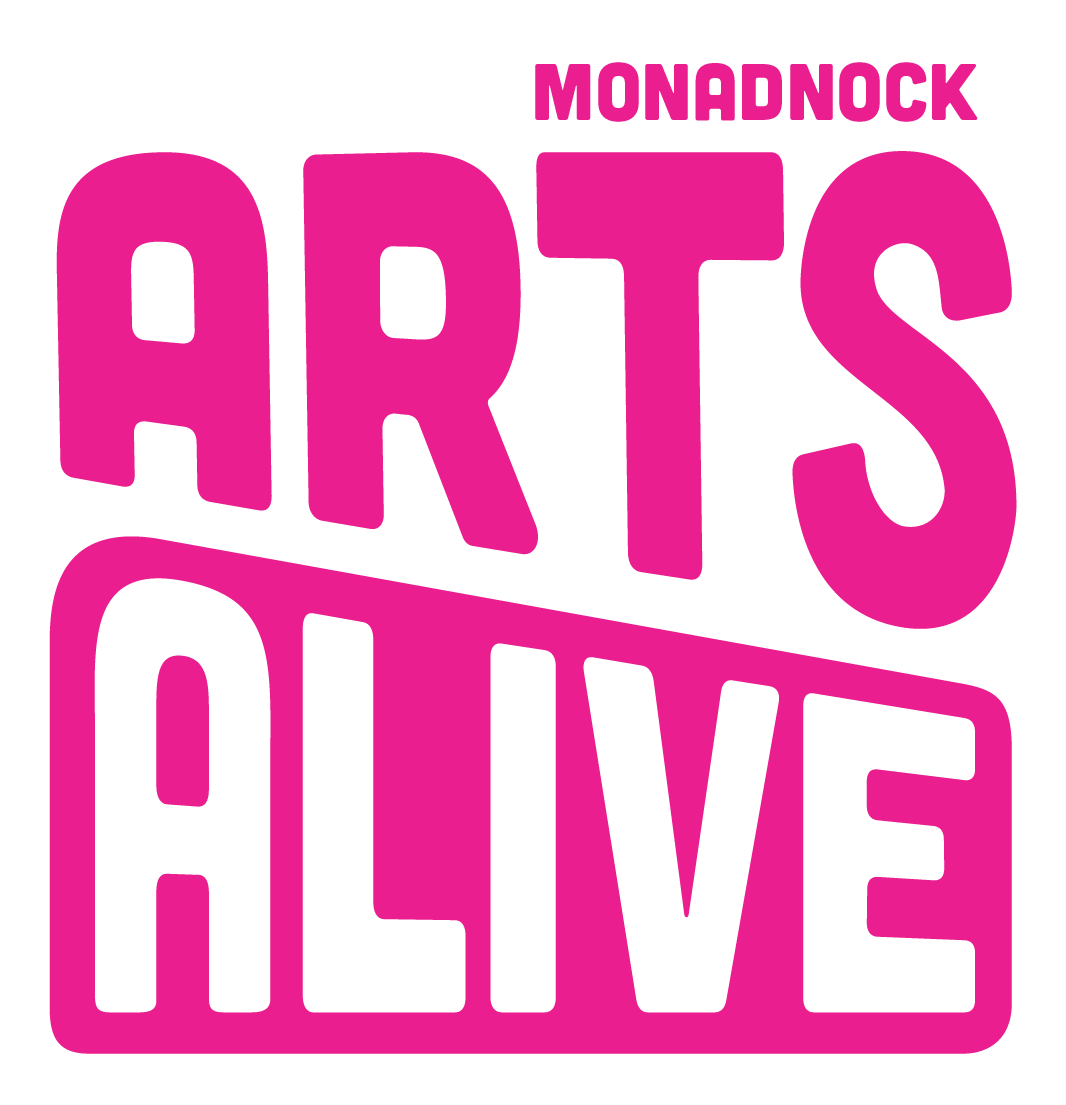Arts Alive! in partnership with the Hannah Grimes Center hosted an Artist to Artist workshop on June 29th at the Well Sweep Gallery in Hillsborough, New Hampshire, on "Merchandising your work." Here is some of what we learned.
Foot in the Door: How do you get the attention of a retailer?
- Call to see when the owner or manager will be available
- Schedule an appointment
- Develop your story or the story of your work
- Make sure your work is ready and presentable
- Come in with a few samples of your work
"Just come in!" says Ann Henderson of Ann Henderson Interiors says she likes the personal approach. "I like to meet the artist, hear their story, and see their work. What sells the work in my store is the story behind the art - customers build a connection to pieces through your story."
Packaging & Branding: How do I make a good impression?
Every maker who goes into retail should have a brand and an identity. Coaches at the Hannah Grimes Center can offer free coaching sessions to help you develop your "brand identity." This can be as basic as putting your name and your business card on the pieces you sell, but the more professional you look, the more likely retailers will want to work with you.
Product popularity: What sells?
- Scarves
- Trivets & Coasters
- T-shirts
- Shopping bags
- Magnets
- Mugs
- Adult Coloring Books
- Puzzles
- Paper Dolls
"Get creative with your products - only about 12 pieces of original artwork sell each year from our store," says Denise Meadows of the Hannah Grimes Marketplace. "Most of these sell in the summer, and are works that feature locally inspired subjects, like farms, animals, landscapes, the mountain. Cards or postcards are an easy entry into merchandising for many of our artists at the Marketplace, but we encourage them to expand beyond that as they get the knack of retail merchandising."
Nowadays, you can do a lot of this yourself online or with a local printer.
Another option is to work with a licensing agent who will take a percentage of your income from licensing your work to bigger companies and corporations who will create products and distribute them to retailers.
Stock it or Consign it: How does the relationship work?
Consignment: Retail stores and galleries all take a share when any product is sold. That percentage is usually around 50%. You receive payment when the sale is made. They will often ask that you not privately sell your work for less than it is listed for in the store. Make sure there is a clear contract between you and the retailer that outlines this arrangement!
Stock: If you have a product that a retailer anticipates will sell well, they may ask to bulk purchase from you and sell the product directly. This is great for the artist because you then pass on the risk of sales to your retailer.
